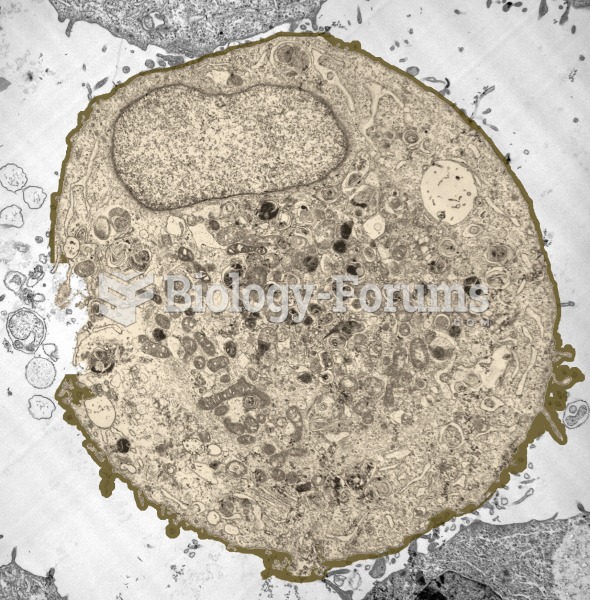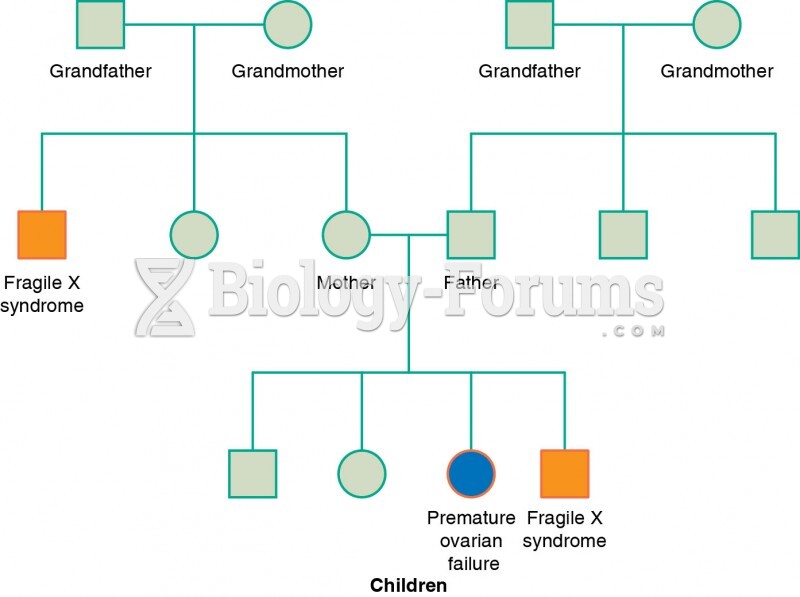Answer to Question 1
ANS: B
In SIADH, there is increased secretion of antidiuretic hormone (ADH) from the posterior pituitary gland, leading to increased water reabsorption from the distal convoluted tubule and collecting duct. As a result, weight increases and serum sodium and hematocrit levels are diluted, and, hence, a low serum sodium level is seen. ADH has no direct effect on serum potassium, because potassium is primarily an intracellular electrolyte and changes in the serum concentration of potassium rarely occur in SIADH. The blood urea nitrogen is normal.
Answer to Question 2
ANS: A
Because the number of X chromosomes in males and females is not the same (1:2), the number of X-linked chromosome genes in the two genders is also unequal. Males have only one X chromosome for any gene on the X chromosome. As a result, X-linked recessive genes have a dominant expressive pattern of inheritance in males and a recessive expressive pattern of inheritance in females. This difference in expression occurs because males do not have a second X chromosome to balance the expression of any recessive gene on the first X chromosome. It is incorrect to say that one X chromosome of a pair is always inactive in females or that females have more effective DNA repair mechanisms than males. Also, it is not true that females can be immune to the effects of a gene, because genes from the male's Y chromosome are not expressed in females.







